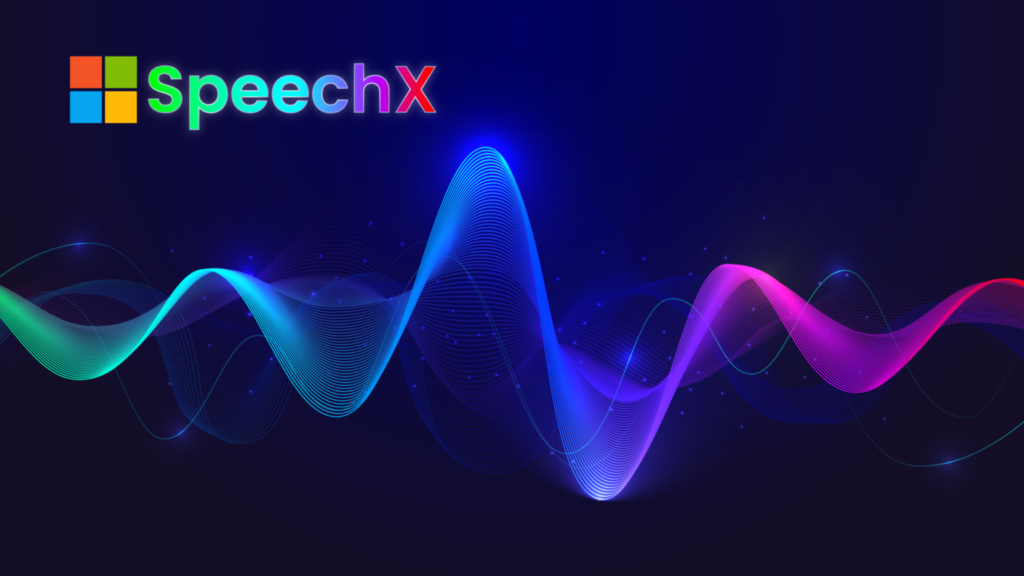
Imagine a world where your voice-controlled virtual assistant flawlessly understands you even in the midst of a bustling coffee shop. Or picture this: a transcription service that effortlessly transcribes your friend’s voice notes from a roaring cricket stadium. Well, welcome to the future of audio technology, where possibilities just got a major upgrade.
As audio technology continues to evolve, there are moments that redefine what is possible. The 14th of August 2023 was one of those moments. Microsoft Research, in collaboration with Xiaofei Wang, Manthan Thakker, Zhuo Chen, and others from Microsoft Corporation, Redmond, WA 98052, USA, has revealed a breakthrough in audio processing. A new generative model named “SpeechX”, capable of zero-shot Text-to-Speech (TTS), has been presented in their latest work. Speech can be generated from text without prior examples using this model. Furthermore, the model can filter out background noise, distinguish specific voices in multi-speaker recordings, and edit speech while preserving the original voice and background ambience.
Why is this model so effective? By combining neural codec language modelling, multi-task learning, and task-specific prompting, the model becomes versatile and capable of handling a wide range of audio challenges.
When compared to other industry-leading models, Microsoft’s model clearly demonstrates its strength. For example, DCCRN, which is known for its noise removal capabilities, often requires significant computational power. On the other hand, VoiceFilter, which specializes in voice extraction, may encounter difficulties in extremely noisy environments. VALL-E, known for its impressive zero-shot TTS capabilities, may encounter difficulties when faced with diverse speech tasks. A3T, while proficient in speech editing, can occasionally introduce unwanted sounds. In comparison to these established models, Microsoft’s model stands out, especially in demanding audio environments.
Looking ahead, the potential uses of this model are vast. Imagine your virtual assistants effortlessly handling your commands amid your bustling life or transcribing those hilarious family dinners where everyone talks at once.. The impact is significant and has the potential to revolutionize numerous industries.
Important performance measures, such as the Word Error Rate (WER), highlight the potential of the model, often matching or even surpassing its competitors. However, there are still areas that can be improved. The model has room for improvement in specific metrics such as DNSMOS and PESQ, which are crucial for tasks like noise removal.
Further analysis, especially when the model is used alongside VALL-E, supports its potential. Its standout ability is editing clean speech. It also performs well in noisy situations, as evidenced by a reduced word error rate (WER). One crucial finding was the significance of text input in tasks such as noise removal, highlighting the strong connection between text and speech. This understanding will play a crucial role in shaping future advancements in this field.
However, every model has areas for improvement. One key area to focus on is the accuracy of the EnCodec neural codec model used for converting sound into a digital format. Future versions should prioritize improving this aspect to ensure the model performs well in all audio environments.
Microsoft’s latest addition to generative speech models represents a significant advancement. By incorporating a variety of advanced techniques, it is rewriting the rules, setting new standards and paving the way for a future where speech generation and editing are even more sophisticated.
References

Our vision is to lead the way in the age of Artificial Intelligence, fostering innovation through cutting-edge research and modern solutions.